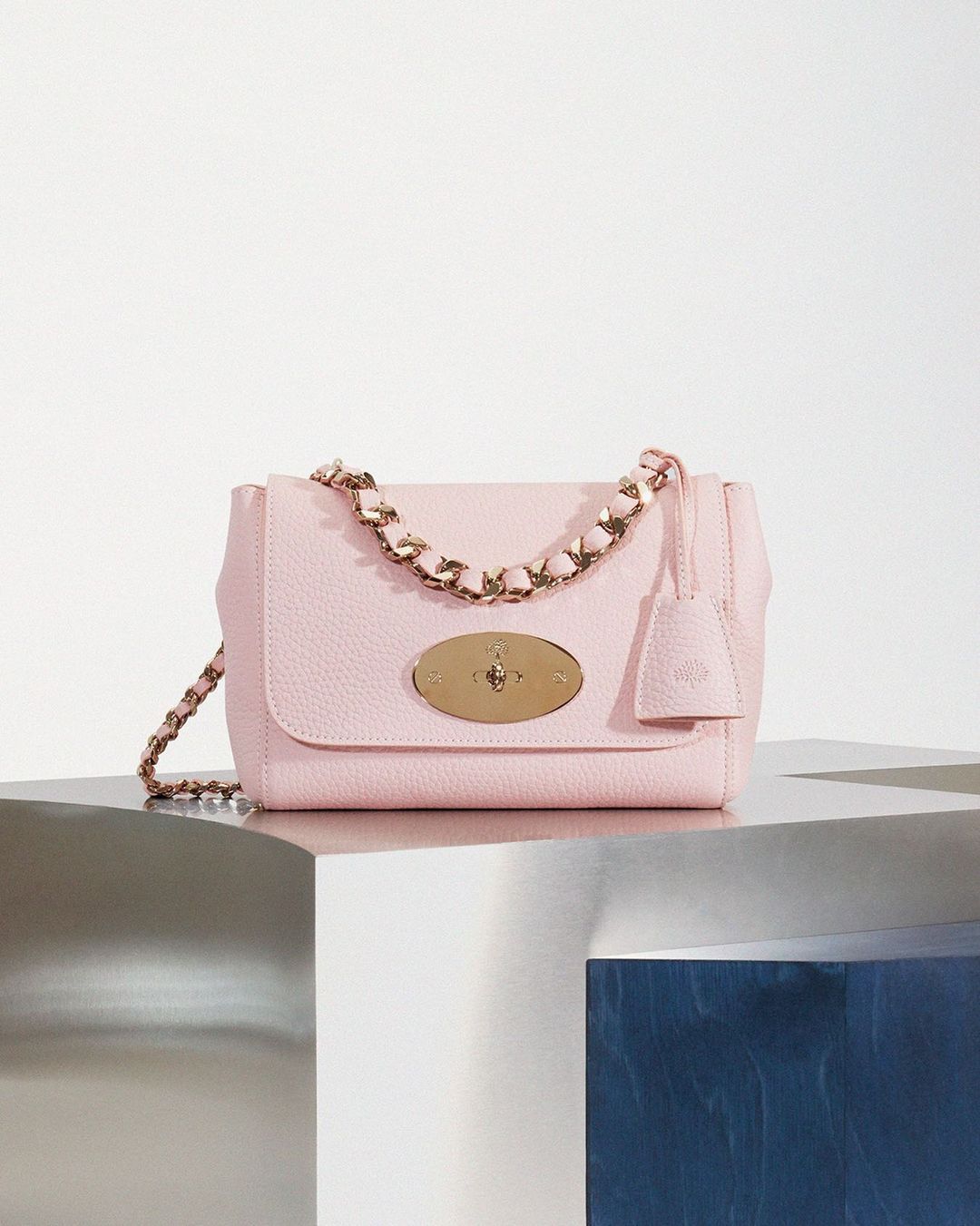
In honour of its 50th anniversary, British luxury brand Mulberry has unveiled its “Made to Last” sustainability manifesto, outlining the company’s vision for the next 50 years.
The framework outlines how they intend to transform their business into a circular one, with actions set for all aspects of the supply chain, from raw materials to the final product. The ambitious manifesto aims to achieve their goal of becoming a regenerative and circular brand by 2030.
Mulberry’s Made to Last manifesto outlines the brand’s newfound commitments via a series of questions. Such questions include, “Can leather ever be sustainable?”, “Who needs a new bag?”, and “Can a bag save the world?”. The brand’s answers to each of these questions provide insight into how exactly Mulberry plans to transform their operations in the next decade.
The manifesto touches on all aspects of the supply chain, with specific goals aimed at manufacturing, sourcing, repairs, people, and a circular economy.
Specific targets Mulberry has set for itself include achieving net-zero carbon emissions by 2035, implementing a localized, transparent “farm to finished product” supply chain model, and developing the world’s lowest carbon leather via a network of eco-conscious and regenerative farms.
While acknowledging the harmful effects of cattle farming on the environment, Mulberry believes that there is still a role livestock can play. They claim that by rotating farm livestock and using organic and regenerative farming practices, livestock can actually work to maintain soil health, enabling it to store more carbon, preventing it from being released into the atmosphere.
Further, Mulberry has stated that they intend to have their “farm to finished product” supply chain model fully integrated by 2030, but that the first bag to be developed using this method will launch later this year.
Other goals outlined in the Made to Last manifesto include sourcing all leather from Leather Working Group-certified tanneries by 2022 (currently, 80% of the brand’s leather comes from environmentally-accredited tanneries). Mulberry has also stated their commitment to making their packaging more eco-friendly and utilizing fabrics such as recycled nylon and regenerative organic cotton where possible.
Even more, the British heritage brand will work to extend the life of their products by offering a repair and restoration service. Currently, they restore 10,000 bags each year, but they want this number to rise. They intend to launch a buy-back, resell, and repurpose platform that will apply to any Mulberry bag. In this vein, a Mulberry Exchange online platform is set to launch later this month, allowing consumers to sell used Mulberry bags in exchange for store credit. This initiative fits perfectly with the brand’s recent collaboration with Vestiaire Collective, providing consumers with an opportunity to purchase the pre-loved bags that Mulberry has restored.
This article contains an affiliate link(s). Learn more.





